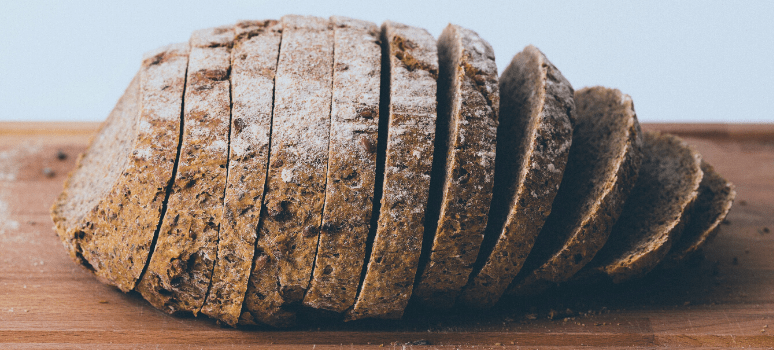
Gluten is a protein that more and more people are rejecting. Far from being a fad, the truth is that many foods cause discomfort and, little by little, can affect our immune system.
Holidays, lack of time for cooking or our own eating habits can endanger our health. Many people are unwell and do not know why. but they manifest symptoms and discomfort that, without being very limiting, are uncomfortable on a daily basis.
But do we know where this malaise comes from? More and more every day, the gluten intolerance as a condition of our times and, although it is not always the answer to our discomfort, we must be sure that it is this protein that is making our life difficult.
These gluten-related complaints can be accentuated after the holidays if we have eaten away from home for many days in a row, have increased our consumption of beer, fried foods, sandwiches or processed snacks. However, what really harms us little by little, is the daily and repeated consumption of gluten.even in small quantities.
It should also be pointed out that gluten intolerance is not the same as gluten intolerance. coeliac disease. In fact, it is referred to as non-coeliac gluten sensitivity to differentiate it from the more dangerous autoimmune disease.
Gluten sensitivity was detected some 50 years ago, but it was not until 2011 that it began to be investigated more intensively. The number of cases in western society is increasing every year.
Symptoms of gluten intolerance
Gluten intolerance can cause symptoms that are compatible with those of other pathologies or discomfort that we consider transitory but to which we become accustomed. Headaches or stomach aches can become part of our daily lives, but this should not be the case. These are the symptoms that indicate that we may suffer from gluten intolerance.
- Digestive symptoms: diarrhoea, constipation; abdominal pain; bloating and nausea.
- Extra-digestive symptoms: headache; fatigue, anxiety; joint pain and muscle pain or depression.
How can we detect if we have non-coeliac gluten sensitivity?
Once the patient's medical history is known, the first thing to be done is to we have to rule out coeliac disease or wheat allergy.. In both cases the tests are decisive and, in the case of a positive result, treatment should be applied which, in any case, would involve eliminating gluten or wheat from our diet.
If we have ruled out allergies and our state of health improves a few months after staying away from gluten, we can say that we have a gluten sensitivity.
On the other hand, there are specific analyses that can help us with the diagnosis. With Biosalud en Tu casa you can check your state of health without leaving home:
- FoodINT analysis: detects food intolerances that we cannot find by observation; the symptoms of an intolerance can appear even days after the food has been eaten.
- FoodGEN Analysis: determines whether our rejection of a food has genetic causes.
- Gluten and casein neuropeptide analysis: analysis of substances to which we can react. They are not proteins but molecules that are related to the control of pain and ingestion or of the nervous mechanisms controlling learning and memory.
What foods contain gluten?
Grocery shopping can be a time-consuming and nerve-wracking process as it most processed foods contain glutengluten-free preparations - breads, biscuits and cakes, pasta or pizza bases - offer little variety and add to the cost of the shopping basket. Our advice is to follow a natural, home-prepared diet that provides quality of life.
In general, all foods containing any kind of cereal flour contain gluten. Wheat, rye, barley, spelt and kamut are the cereals to avoid, as are all flours derived from these substances. However, rice, buckwheat, quinoa or maize, cereals whose derivatives are healthy for people with gluten sensitivity or coeliac disease.
Nowadays, the variety of flours for cooking is very wide, and we can even cook with flour from different types of pulses.
On the other hand, meat and fish, nuts, fruit and vegetables themselves do not contain gluten. However, minimal processing of the food forces us to consult the composition of the preparation we buy. For example, we have to look at the labelling of jams; vegetable purees and creams; sausages and meat preparations; deep-frozen vegetables; chemical yeasts; prepared spices; cocoa powder and other types of chocolate; and beer and sugar-sweetened beverages, among others.

